Professor David Thomson gave an informative webinar for SAPHNA members on 20 March, 2024. If you weren’t able to attend, or want to see a summary, then read on.
Before addressing the question relating to mobile phones, Prof. Thomson gave a brief recap on why we screen for vision and how eyes work with the brain.
The reason we screen children’s vision is partly because early years obstacles to vision can result in irreversible vision loss (amblyopia) and also, more generally because poor vision has an adverse impact on a child’s social and educational development.
Guidelines as to when to screen have changed over the years. They used to recommend checks at birth, in pre-school years, school entry, age 7/8 and again at secondary school entry. The National Screening Committee have now changed this, so they recommend a check at birth and one on school entry only. Professor Thomson explained why he believes this to be insufficient.
Prof. Thomson went on to explain that there’s a myopia ‘epidemic’ in the world right now. In the UK, the prevalence of short sight has doubled in the last 50 years, over half of our university students are myopic.
The causes of this growth in the incidence are less certain, but the strongest correlation appears to be the amount of time spent outdoors. The more time you spend outdoors, the lower your chances of developing myopia. This applies to children as well. One theory is that when indoors, children spend much more time focussing on nearby objects, and screens including mobile phones fall into this category. This CAN cause myopia to develop.
Mobile phones aren’t inherently bad or dangerous for eyes, it’s the amount of time spent using them that’s the problem. Prof. Thomson suggested a 30:30 rule; eyes should be at least 30cm away from the screens and time on screens should be restricted to 30 minutes.
While the tests used for screening are relatively simple, the administration around screening can be more complex, from consent, to reporting, establishing pathways for ‘fails’ and audit to ensure value for money. For this reason, the NSC require providers to utilise IT systems to manage the screening process, which is where SchoolScreener® comes in supporting all of the administrative requirements, plus the screening tests themselves.
The NSC mention Keeler Crowded LogMAR tests, and SchoolScreener® offers 3 ways to use these tests with the software. See more of that in this article, about the latest NSC Guidelines introduced for this academic year.
SEE THE WEBINAR recording at the SchoolScreener website.









